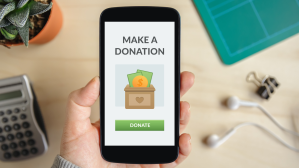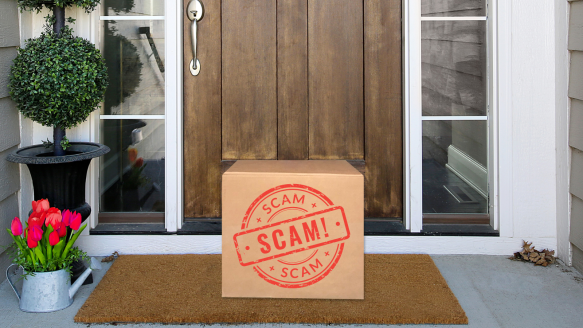 Have you recently received a call (or many) claiming you have a pending loan application you never submitted? You’re not alone. Many consumers have reported getting these types of calls and while they might sound legitimate, they’re often a sign of a scam or an unethical sales tactic.
Have you recently received a call (or many) claiming you have a pending loan application you never submitted? You’re not alone. Many consumers have reported getting these types of calls and while they might sound legitimate, they’re often a sign of a scam or an unethical sales tactic.
What’s Really Going On
If you’re getting calls about loans you never applied for, it’s usually one of two things:
- A scammer attempting to steal your personal information. These callers may say they need to “verify your identity” or “finish your loan application,” and ask for sensitive information like your Social Security Number, bank account details, or date of birth. Once shared, that information can be used to commit identity theft or fraud in your name.
- A high-pressure sales pitch from a questionable lender. Some companies use aggressive marketing tactics to contact consumers who never inquired about a loan, hoping to push them into accepting an offer on the spot. They may use phrases like “you’ve been preapproved” or “your loan is ready for funding,” to create a false sense of urgency.
Red Flags to Watch Out For
Be cautious if the caller:
- Asks for personal information over the phone, especially if it’s out of the blue and you haven’t applied for any loans.
- Pressures you to act immediately or threatens penalties for “not completing” your loan application.
- Claims to represent a well-known lender, but can’t provide clear verification.
- Uses generic or suspicious contact information (such as a Gmail address or a masked phone number).
What to Do if You Get One of These Calls
- Hang up and don’t share personal information. Never confirm your identity or provide sensitive details, unless you initiated the call to a lender you are working with on a known loan application.
- Verify directly with your financial institution. If you’re unsure, call your bank or credit union using a verified number from their website.
- Report the scam. You can file a complaint with the Federal Trade Commission (FTC) at reportfraud.ftc.gov or your state’s consumer protection office.
- Monitor your credit reports. Check your reports regularly for new accounts or inquiries you don’t recognize. You can do this for free at annualcreditreport.com.
Protect Yourself with a Trusted Lender
When you need a loan, always work with a reputable financial institution that prioritizes your safety and privacy. At First Financial, we’ll never contact you out of the blue asking for personal information or pressure you about a loan you didn’t apply for. Our team takes fraud prevention seriously and is here to help you navigate your financial needs with confidence.
Stay informed. Stay secure. And remember, when it comes to unexpected loan calls – it’s always better to hang up and dial your trusted lender directly, than to hand over your personal or financial information to a fraudster.
If you’re ever unsure about a loan offer or you’d like to explore legitimate borrowing options, visit us at firstffcu.com or contact our team directly. Keep Thinking First!





